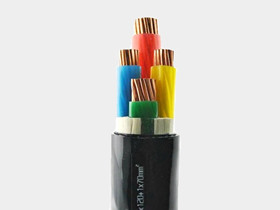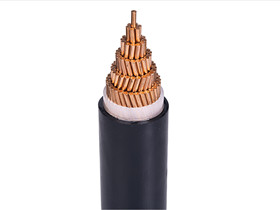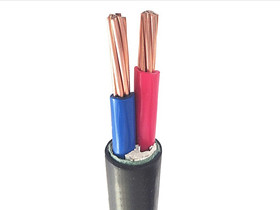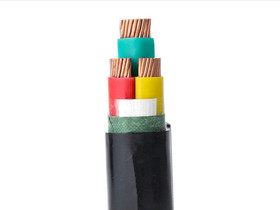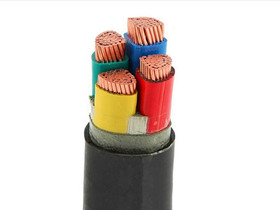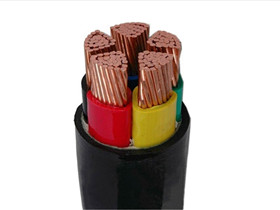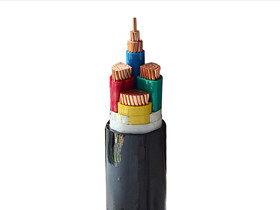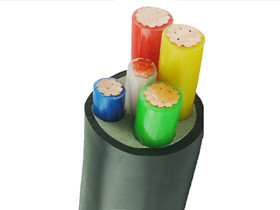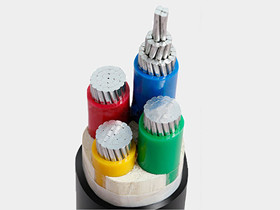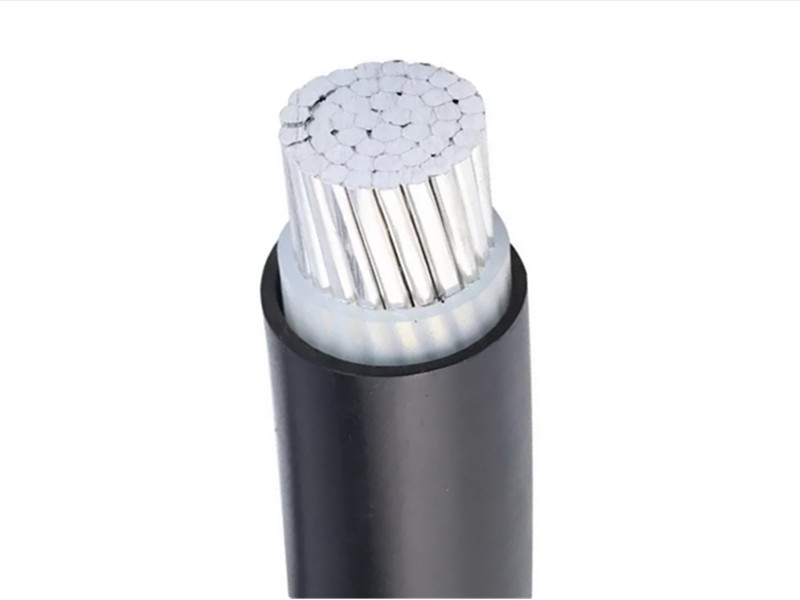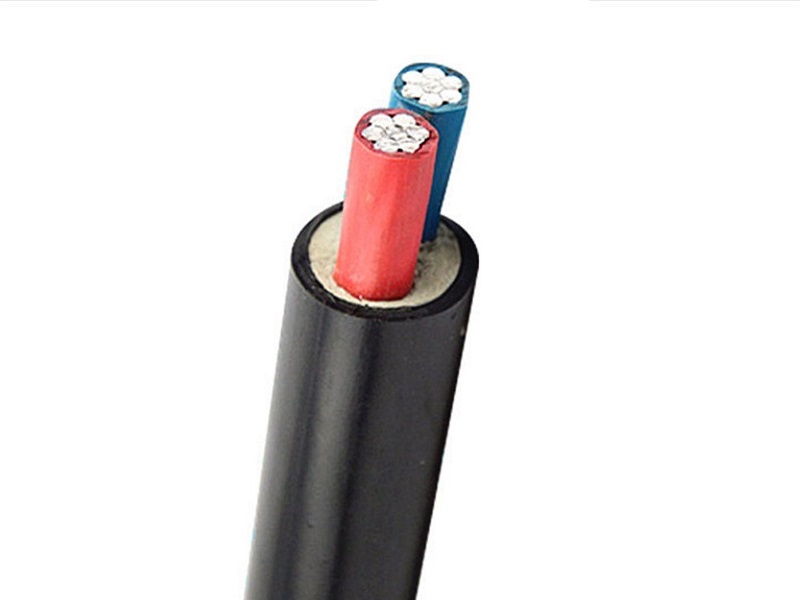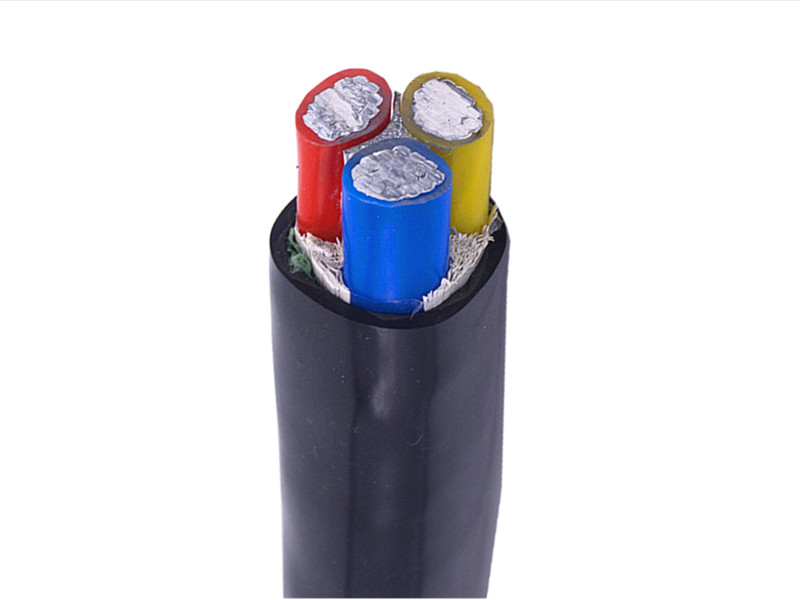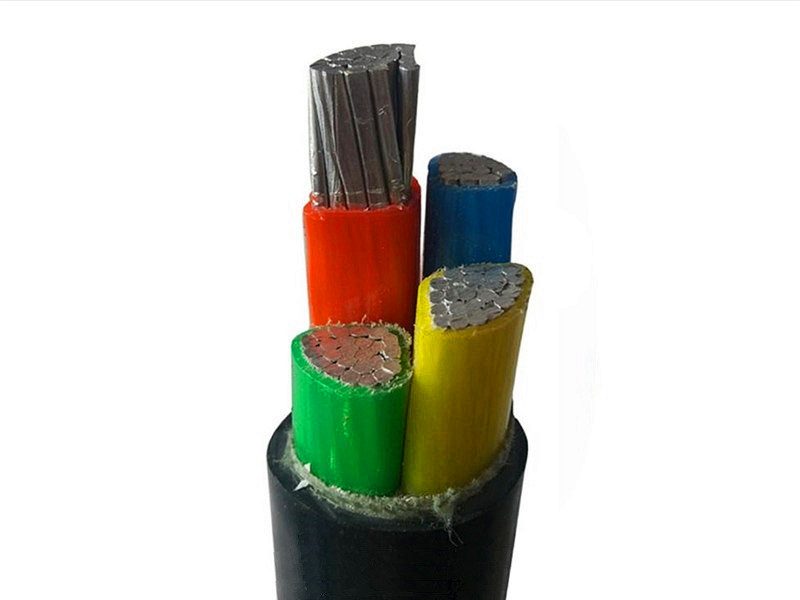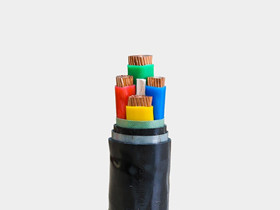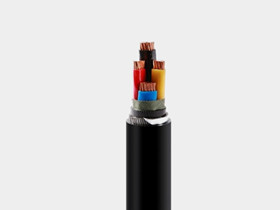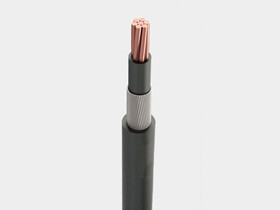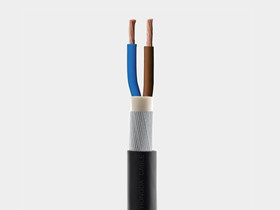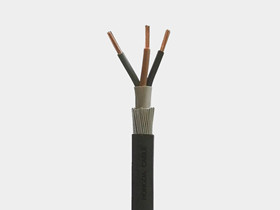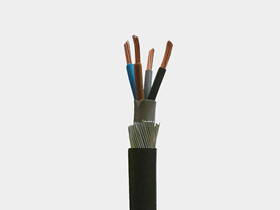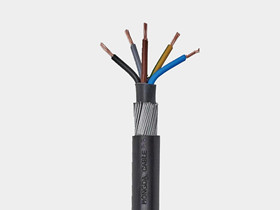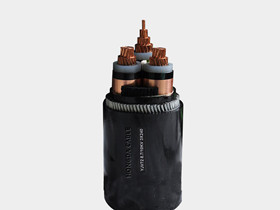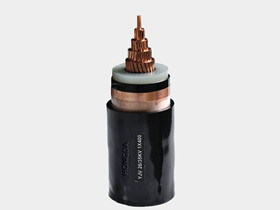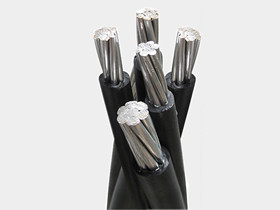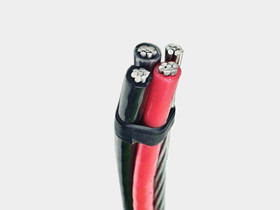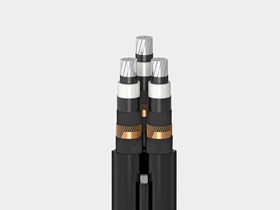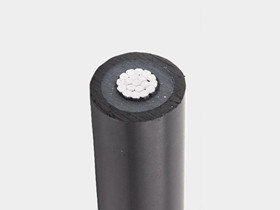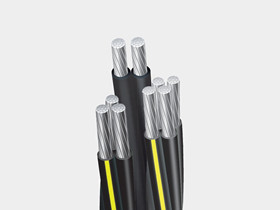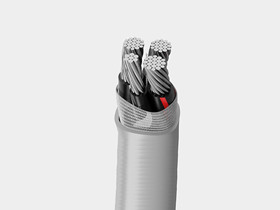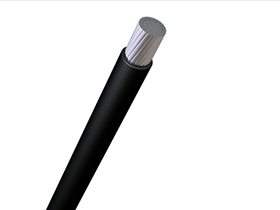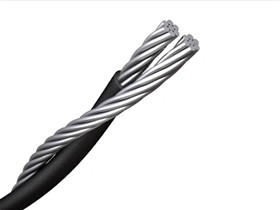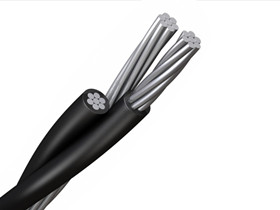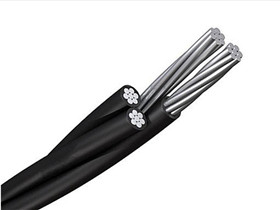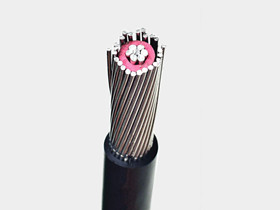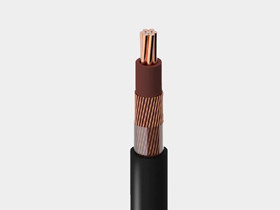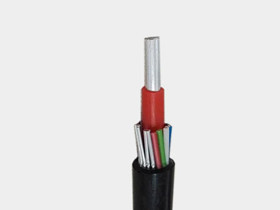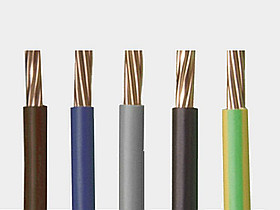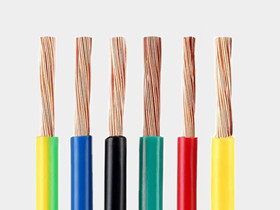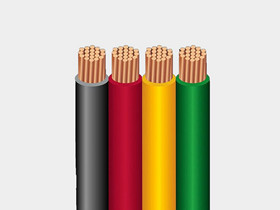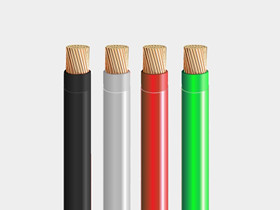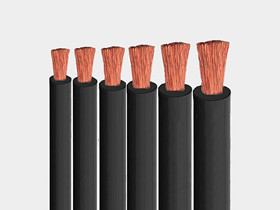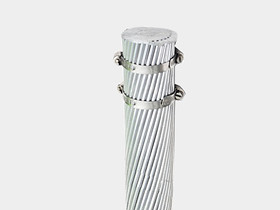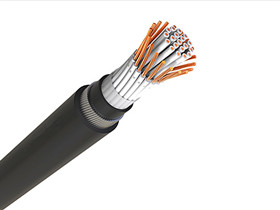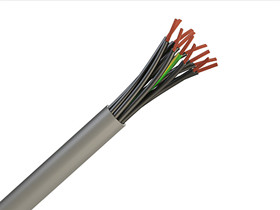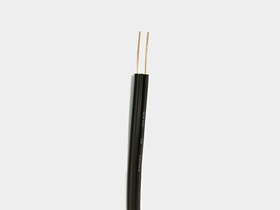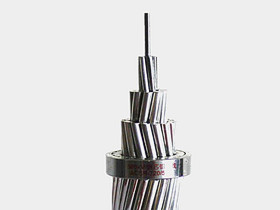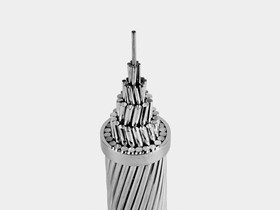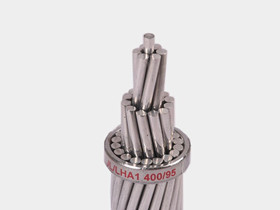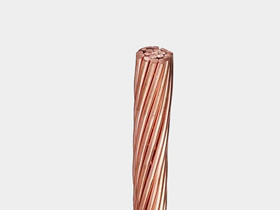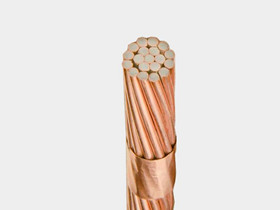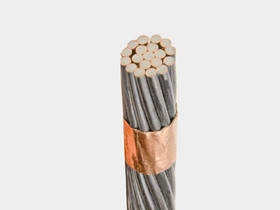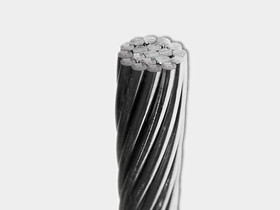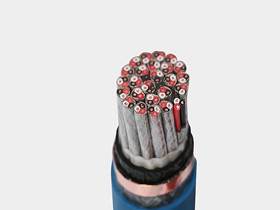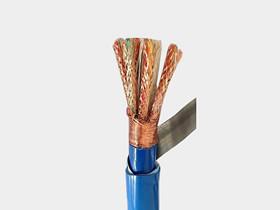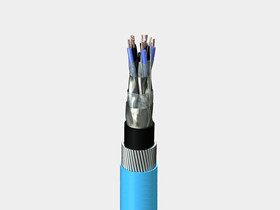The difference for wire and cable sheath material ?
Commonly used plastics for wires and cables include polyethylene, cross-linked polyethylene, polyvinyl chloride, polypropylene, polyolefin, fluoroplastics, nylon, etc.
Polyethylene is currently the most widely used plastic, with the largest consumption. It can be seen from the data in the table that polyethylene has low meson loss, high resistivity, high breakdown field strength, good weather resistance, and manufacturability, and it is currently the best electricity—insulation Material. However, due to its low operating temperature, it is mainly used as insulation for communication cables. Medium-density and high-density polyethylene have high strength and hardness and low water permeability, mostly used as cable sheaths. However, polyethylene has the biggest disadvantage, that is, it is easy to burn, and the black smoke is thick, so its application has brought many hidden dangers to the environment.
Cross-linked polyethylene is an excellent thermosetting insulating material formed by adding a cross-linking agent to low-density polyethylene. Based on inheriting many excellent properties of polyethylene, it has improved mechanical properties, weather resistance, and allowable working temperature, thus becoming the best insulating material for power cables.
Due to the addition of different cross-linking agents, different cross-linking processes are formed. Currently, there are three most commonly used chemical cross-linking, warm water cross-linking, and radiation cross-linking. Chemical crosslinking is mainly used for medium and high voltage cables (such as 10KV and above); warm water crosslinking and radiation crosslinking are mainly used for low voltage cables (1kV and below).
The insulation performance of XLPE is closely related to its purity. The insulation of high-voltage and extra-high-voltage cables above 35KV must use ultra-clean cross-linked polyethylene, which requires high purity of raw materials and high cleanliness of cross-linking process equipment and environment, and stable and reliable process.
It should be pointed out that polyethylene and cross-linked polyethylene have a "quirk" in their insulation properties, that is, they are suitable for AC insulation, but not for DC insulation, especially DC high voltage will reduce their insulation life. Therefore, rubber or oil-paper insulation is mostly used for DC cable insulation. Furthermore, polyethylene and cross-linked polyethylene insulation has "hydrophobia," and its breakdown is often related to the presence of water, that is, "water branches" are formed under high voltage, resulting in insulation damage. Therefore, polyethylene and cross-linked polyethylene are used as insulation for high-voltage and ultra-high-voltage cables, they are particularly "avoided from water" during their processing, storage, transportation, and insulation extrusion, and there should be water-blocking structures outside the cable insulation shield, such as metal jacket.
Compared with polyethylene, polyvinyl chloride, and paper insulation, one of the biggest advantages of cross-linked polyethylene insulation is that the working temperature is increased by 20°C, thereby improving the safety of the cable and reducing the input cost of the cable. For example, when the line flow is the same (such as 300A), the cross-sectional area of copper conductor of polyethylene or PVC insulated cable needs to be 120mm2. In contrast, the cross-sectional area of cross-linked polyethylene insulation tape male basket copper conductor needs only 70mm2 enough. It can be seen how significant the advantages of XLPE insulated cables are.
Polyvinyl chloride has good physical and mechanical properties and excellent process performance. It is the most used plastic in the 20th century, and it is also the main insulating material and sheath material for low-voltage wires and cables. But in the 21st century, PVC will gradually shrink or even fade out in the cable market. There are two reasons for this. On the one hand, people's safety awareness has improved, and they hope to use halogen-free materials, so many halogen-free materials have emerged. Undoubtedly, it will become the new darling of the cable industry in the 21st century and occupy the market.
On the other hand, polyvinyl chloride has five weaknesses: one is high density, which is about 1.5 times that of cross-linked polyethylene, and the insulation cost is high; It is more than one hundred times higher; fourth, it has poor cold resistance (it becomes brittle at -15 degrees); fifth, it emits toxic gas (HCL) when burning. The mechanical properties, electrothermal properties, and insulation resistance of cross-linked polyvinyl chloride developed in recent years have been greatly improved. Some small-section cables have entered the market using the irradiation process and have progressed in equipment wires, high-voltage lead wires, automotive wires, and building wiring. Application, but its disadvantage of halogen cannot be changed.
Fluoroplastics are widely used in wire and cable because of their high working temperature, small medium, insulation, weather resistance, acid and alkali resistance, oil resistance, and good flame retardancy. Among them, polytetrafluoroethylene propylene is very popular because of its good quality. But it's expensive, and users have to think twice.
Low-smoke halogen-free polyolefin is a new cable sheath material not developed in the 20th century. Its biggest advantage is its flame retardancy, low smoke, and non-toxic gas when burning, and it has been widely used in important public buildings.

